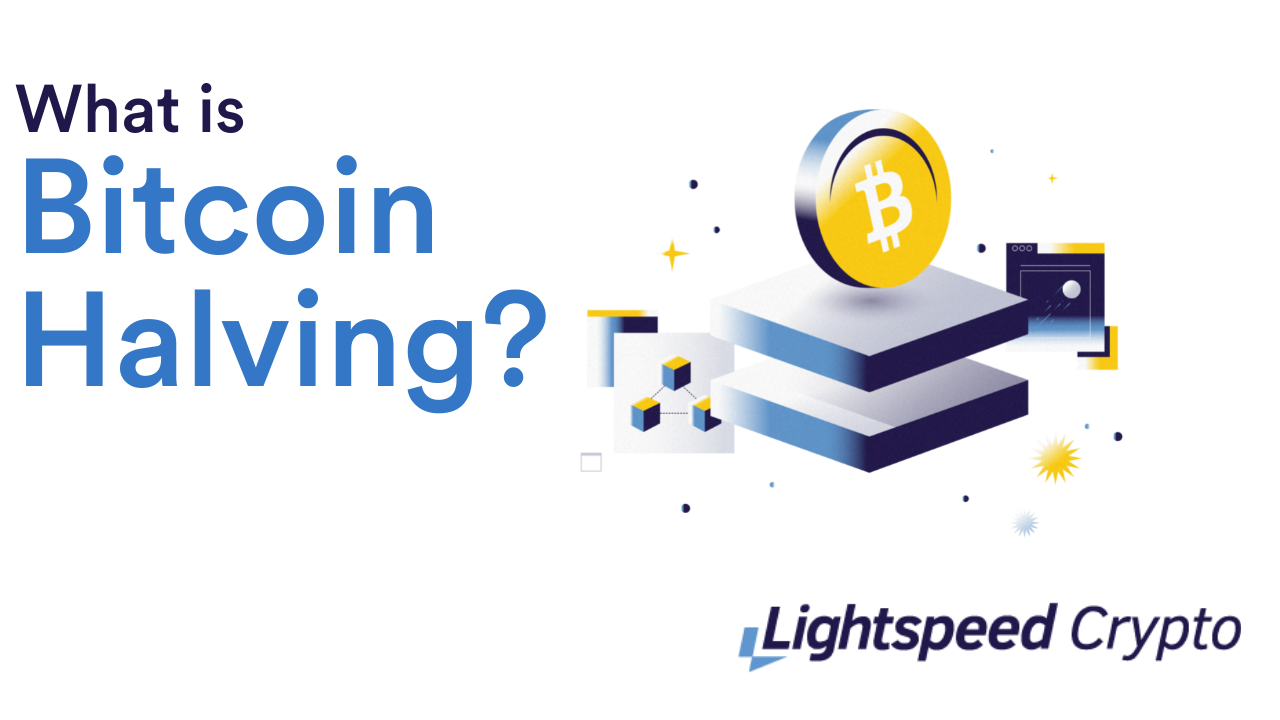What is Bitcoin Halving?
Bitcoin halving is an event designed to occur after a certain number of blocks are validated on the blockchain. This event involves the reduction of rewards paid to miners. Learn about how Bitcoin halving works and the impact it has on the ecosystem.

To fully understand how bitcoin halving works, you first need to know the meaning of a block and how it works. A bitcoin block is a 1MB file containing bitcoin transactions. As transactions increase, more blocks containing data are formed, causing a bitcoin blockchain expansion.
From a starting point of merely 4.52GB in December 2012, the bitcoin blockchain has grown to 308GB as of December 13, 2020.
Our article on how Blockchain technology works will give you in-depth knowledge about the ecosystem. (This can be used to link to one of my previously written articles).
How does Bitcoin Halving Work, and when does it occur?
According to the whitepaper on whose premise Bitcoin is based, the reward paid to miners will be cut by half( 50%) after every 210 blocks updated on the blockchain. This halving event happens every four years, given the average transaction speed of one block every ten minutes, six blocks per hour, and a hundred and forty-four blocks a day.
In 2009, the year Bitcoin was created, the agreed amount for rewarding miners was 50 Bitcoin per block. By November 2012, after the first halving event, their reward for a block was cut down from 50 bitcoin to 25 bitcoin per block.
In June 2016, rewards were cut by half - 12.5 bitcoin reward per block update, and a further half of 6.25 Bitcoin in 2020. Following this pattern, the next halving is expected to happen sometime in May 2024.
Why is Bitcoin halving necessary?
The whole idea behind Bitcoin halving is to slow down circulating supply and create scarcity, which would increase the value of bitcoin. If miners were allowed to continue producing 50 Bitcoin as a reward from 2009 to 2020, they would have created 42,000 bitcoin for themselves.
Bitcoin is designed to have a total of 21 million coins. However, with halving events, they have managed 19,687.5 Bitcoin within the same period. Therefore, halving ensures that the number of new coins created reduces every four years, making it limited in circulating supply and more valuable.
For instance, even though miners earn less Bitcoin on block updates than six years ago, the value of one Bitcoin today is worth more than all the Bitcoin they've received for updating a block.
Bitcoin halving is a systematic arrangement of ensuring that excess production of coins is controlled and value is maintained. Traditional and fiat currency's lack of economic control is the major flaw that led to the introduction and acceptance of bitcoin today.
What happens to the value of Bitcoin after a halving event?
Going by previous patterns, the value of Bitcoin surges upwards after a halving event. In November 2012, the price of Bitcoin moved from $11 to $12 a day after halving. By 2013, the following year, Bitcoin surged to $1038 in November.
This rise is not without decline. Although previous patterns suggest an increase in the value of Bitcoin early into a halving event, crypto analysts all agree that no one can say for sure what the price action would be precisely after such an occurrence. For instance, before the next halving event of 2016, Bitcoin’s price had gone below $600.
What will happen after a block of Bitcoins is exhausted?
Based on estimates, miners will produce the remaining set of Bitcoin sold in 2140. This will signal the end of the halving timetable as there won’t be any more tokens left to mine.
However, miners will still get incentives when they confirm new transactions on the network, as transaction fees will increase in value in the following years.
This will result from the increasing volume of transactions accompanied by fees and the fact that Bitcoin will have a fair market value.
We hope this article has stretched your knowledge about bitcoin halving. You can check our other posts to learn more about mining pools and how they work.